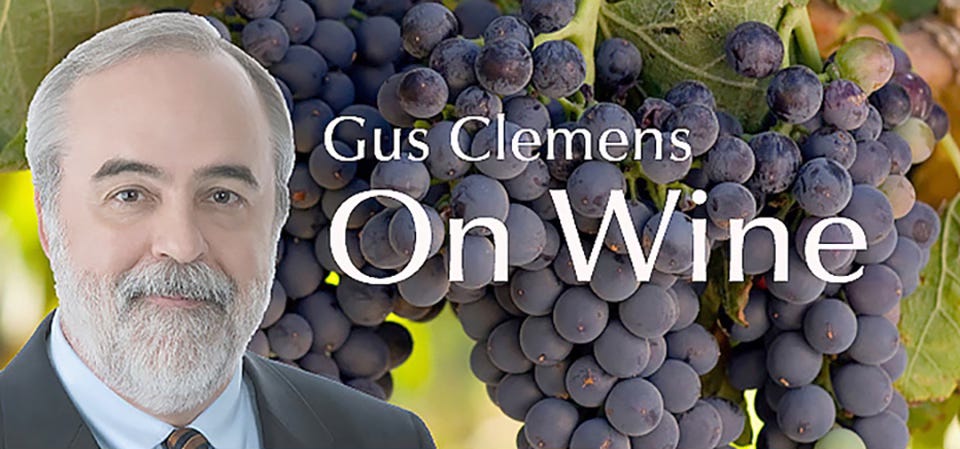This is the weekly newspaper column
Random wine facts and hacks 10-25-2023
Random notes on wine conundrums, weird facts, and wine hacks.
• How do you open bottle with a wax seal? Instead of foil, some winemakers now substitute wax as a wine capsule. What do you do?
The original purpose of wine capsules was to provide a protective shield to prevent rodents and insects from harming the cork. As that purpose faded into yesterday, capsules remained to promote the brand. Nowadays some wines have a wax seal for the same image reason.
What to do? Do not try to scrape off the wax, that usually results in a messy exercise in futility. The answer is to simply plunge the corkscrew through the wax and into the cork. Then extract the cork, which will dislodge the necessary amount of wax. Would it be more efficient for wineries to abandon foil and wax capsules altogether? Yes it would. And several, gratefully, have done so.
• On the subject of corkscrews, which should you use? Fortunately this is simple and inexpensive. The best corkscrew, hands down, is the double-hinged waiter’s corkscrew. You can get it for less than $10, often for free if you buy a case of wine at the right store. The worst—the winged corkscrew.
• Almost any wine you buy, especially under $50, is ready to drink when you get home and will not measurably improve with age.
• If you do put down the wine for some age, do so only if you can store it in a place with steady temperature at 72 degrees or less. It does not have to be a dedicated wine fridge, although that is optimal. Avoid light and vibrations. Never store your wine on the top of your refrigerator.
• Don’t sweat stemware. Yes, varietally-specific glass may marginally enhance enjoyment of the specific varietal, but a middle-of-the-road glass—a generous white wine glass—will do fine.
• The best wine values—South Africa, Portugal, Spain, Chile, Argentina.
• When in doubt, decant. Almost no wine will be harmed by decanting, many will improve. You can decant sparkling wine and it will not kill the fizz.
Tasting notes
• El Coto Rosado, Rioja 2021: Fruity, tasty, simple rosado (rosé) that flaunts strawberry. $10 Link to my review
• Tribute Sauvignon Blanc, California 2022: Juicy, citrusy, with enlivening rush of spiciness on the finish. $14-17 Link to my review
• Farmhouse Vineyards Cultivated, Texas High Plains 2019: Smooth, fruit-forward, decadent dark fruit delight. $35 Link to my review
Last round
If you replace your evening glass of wine with green tea, you can lose up to 87.4% of what little joy you have left in your life.
Email: wine@cwadv.com
Newsletter: gusclemens.substack.com
Website: gusclemensonwine.com
Facebook: facebook.com/GusClemensOnWine/posts/
Twitter (X): @gusclemens
Since you subscribe to my newsletter, it follows you enjoy wine and humor and are an adventurous, inquisitive person. Each morning, The Sample sends you one article from a random blog or newsletter that matches your interests. When you find one you like, you can subscribe to the writer with one click. Give it a try Link to The Sample















Share this post